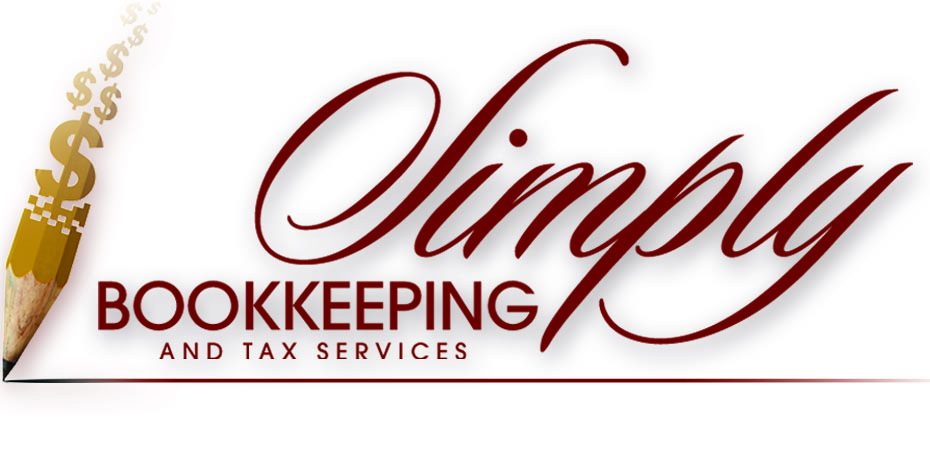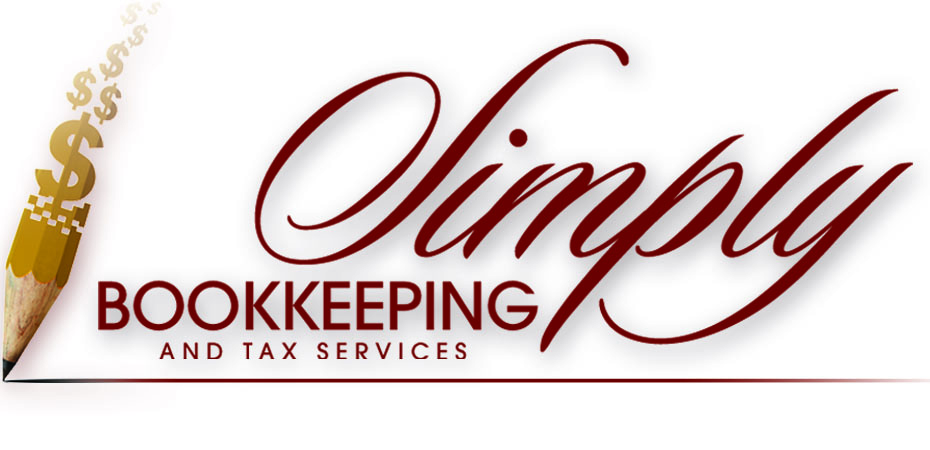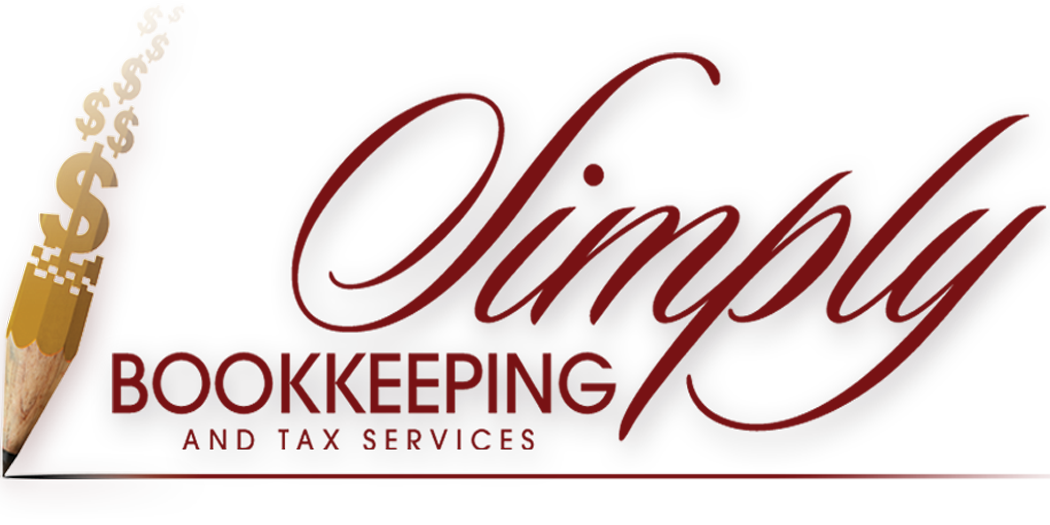Certainly! Here are some frequently asked questions (FAQ) you can include on your website regarding bank reconciliation:
1. What is bank reconciliation?
Bank reconciliation is comparing and matching the transactions in a company’s accounting records with those in its bank statement. The goal is to identify discrepancies and ensure that the company’s financial records align with the bank’s.
2. Why is bank reconciliation meaningful?
Bank reconciliation is essential for several reasons:
– It helps identify errors or omissions in the company’s accounting records.
– It detects fraudulent activities or unauthorized transactions.
– It ensures the accuracy of financial statements and prevents misleading information.
– It assists in monitoring cash flow and managing financial resources effectively.
3. How often should bank reconciliation be performed?
Bank reconciliation should ideally be performed monthly. This frequency allows for timely detection and resolution of discrepancies. However, depending on the volume of transactions or the nature of the business, some companies may choose to perform bank reconciliation more frequently, such as weekly or daily.
4. What are the common causes of discrepancies in bank reconciliation?
Discrepancies in bank reconciliation can occur due to various reasons, including:
– Timing differences between when the company records transactions and when the bank processes them.
– Bank fees, interest, or other charges not recorded by the company.
– Outstanding checks or deposits that the bank still needs to clear.
– Errors in recording transactions or data entry mistakes.
– Bank errors or delays in processing transactions.
5. How do I reconcile my bank statement?
To reconcile your bank statement, follow these steps:
– Compare the transactions listed on your bank statement with those in your accounting records.
– Mark the transactions that match, ensuring correct amounts and dates.
– Investigate discrepancies or outstanding items, such as checks or deposits, that still need to clear.
– Adjust your accounting records accordingly to reflect the correct balances.
– Reconcile the ending balances of your bank statement and accounting records to ensure they match.
6. What tools or software can help with bank reconciliation?
Various accounting software packages are available that can streamline and automate the bank reconciliation process. Some popular options include QuickBooks, Xero, and Wave Accounting. These tools can import bank transactions, categorize them, and facilitate reconciliation.
7. What are the best practices for efficient bank reconciliation?
To ensure efficient bank reconciliation, consider the following best practices:
– Maintain accurate and up-to-date accounting records.
– Reconcile your bank accounts regularly, preferably monthly.
– Record outstanding checks or deposits to follow up on any discrepancies.
– Review bank statements and transactions for accuracy and completeness.
– Double-check data entry and verify transaction details before reconciling.
– Investigate and resolve discrepancies promptly to maintain accurate financial records.
Remember to tailor these questions and answers to fit your target audience and provide additional relevant.


